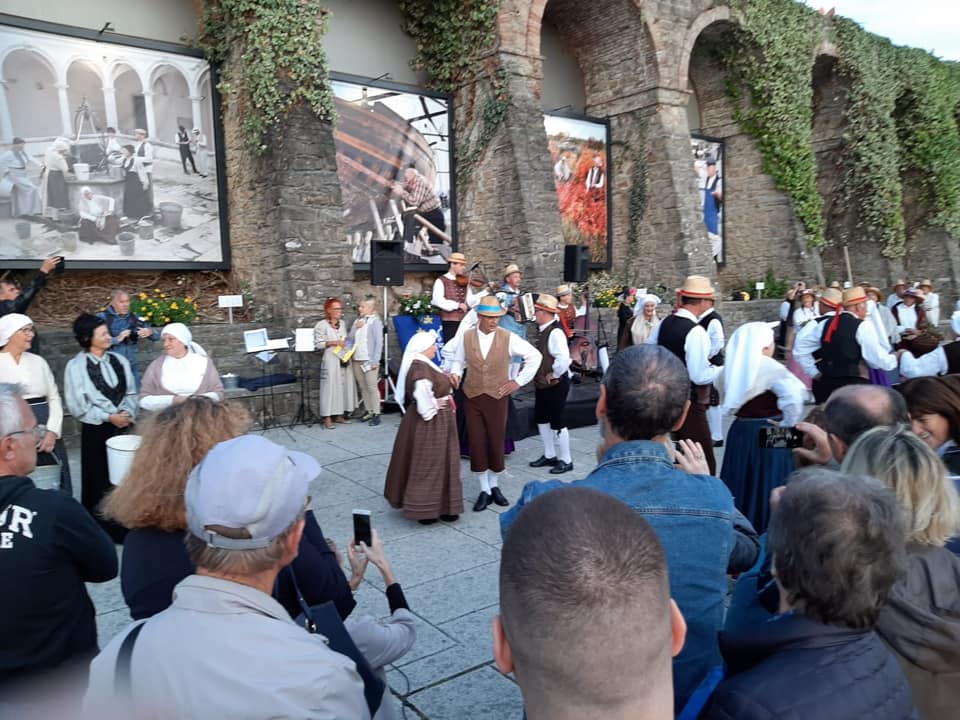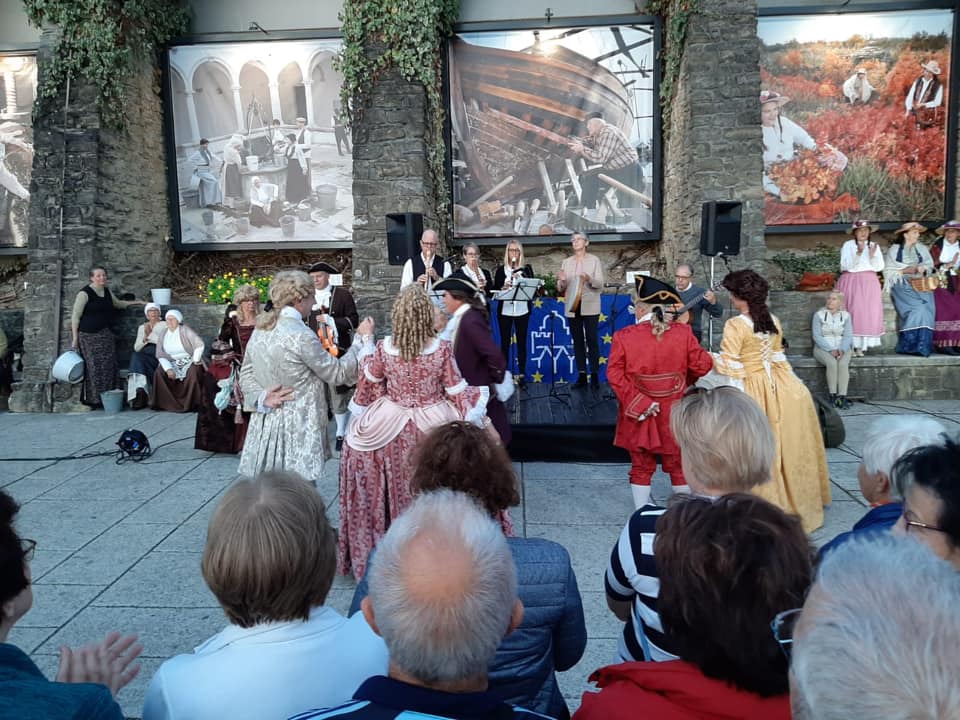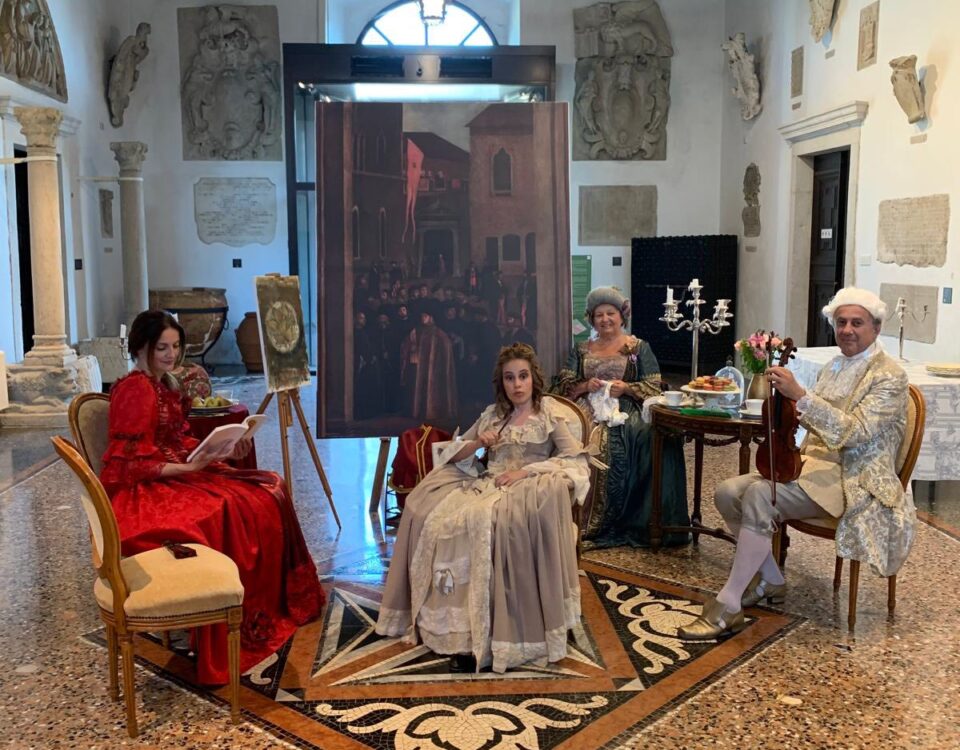Passeggiata e sguardo nel tempo
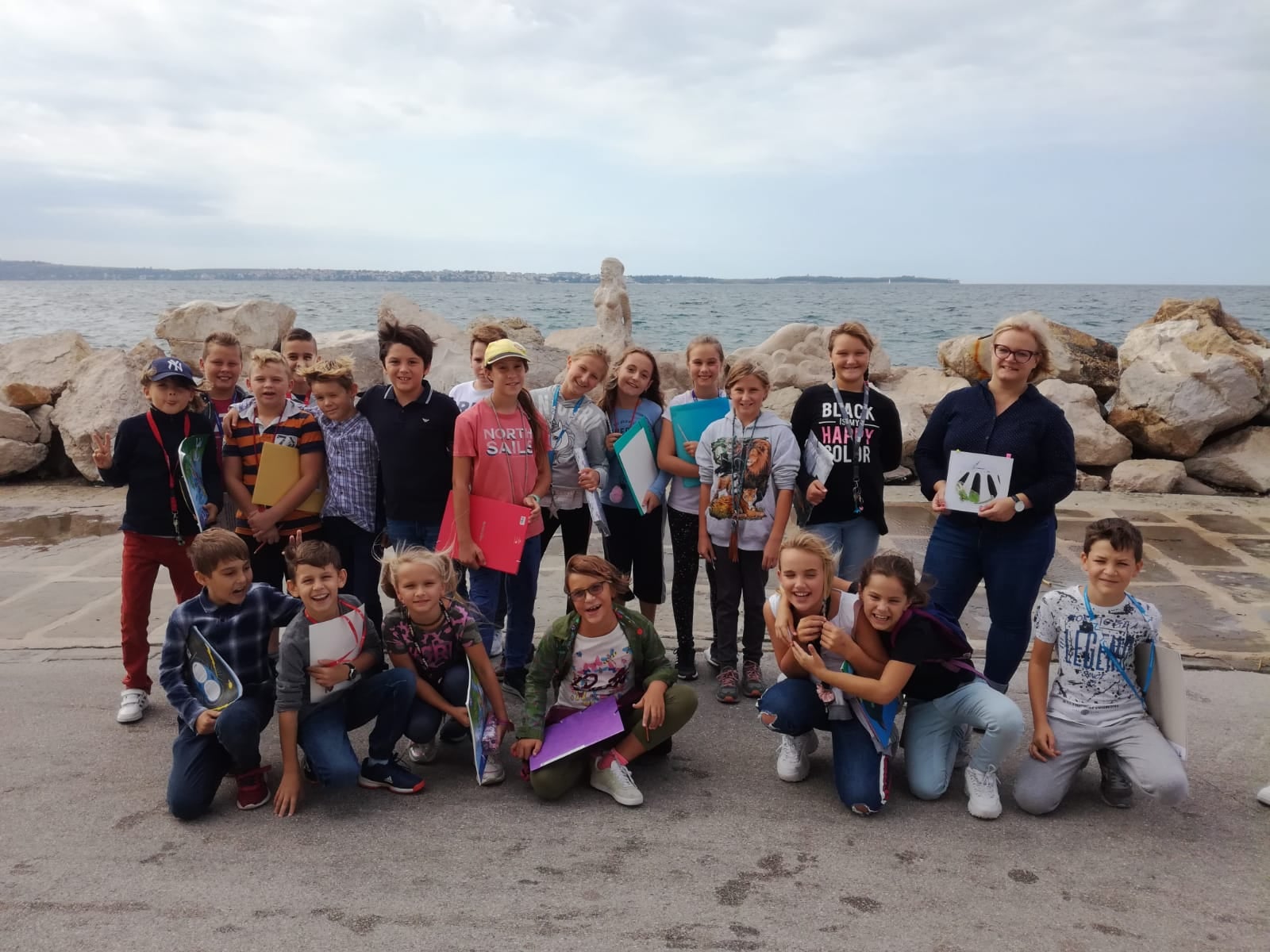
Per le antiche vie
10/03/2019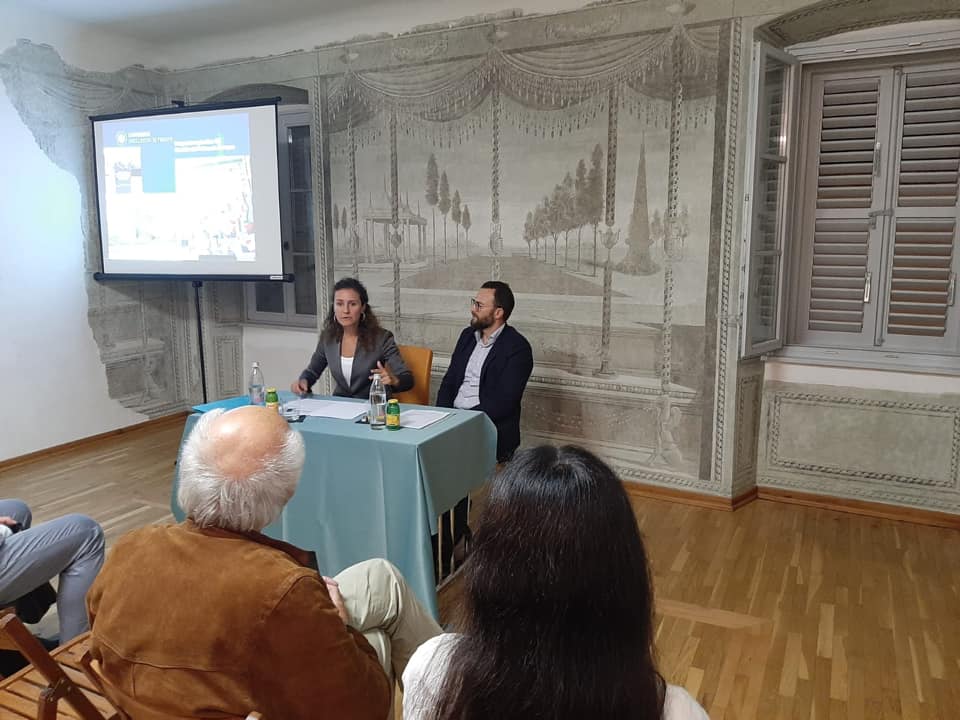
Arte contesa
10/06/2019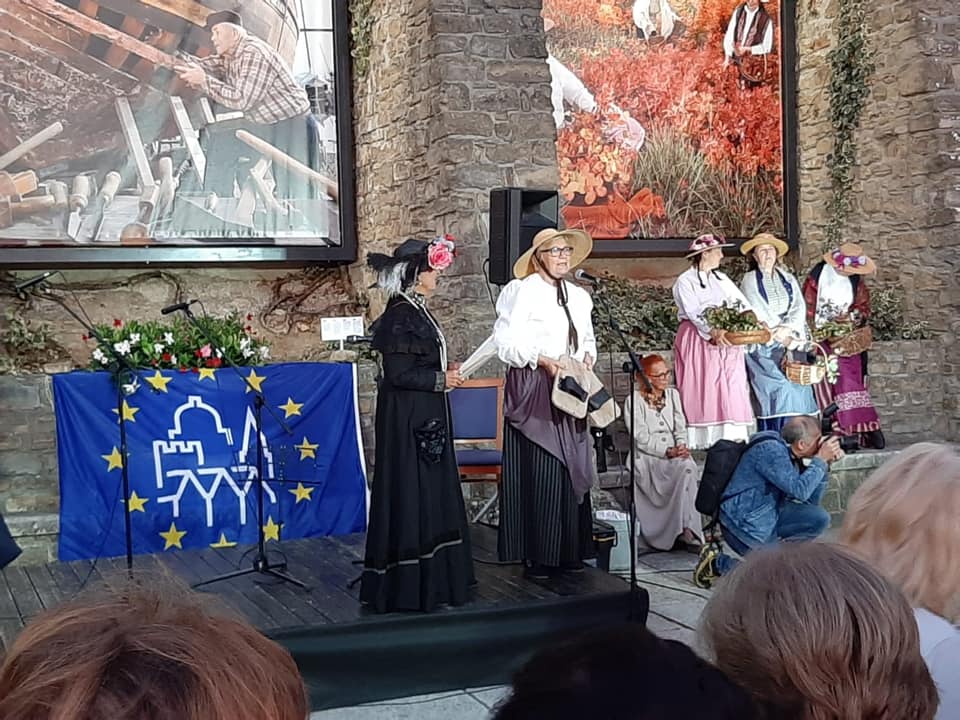
Sono continuati gli appuntamenti dedicati alle Giornate europee del patrimonio culturale anche nel fine settimana. Sul lungomare tra Pirano e Portorose, davanti alle arcate di S. Bernardino, sabato 5 ottobre si sono incontrati diversi gruppi in costume per far rivivere le atmosfere del passato.
L’inaugurazione della mostra nella Galleria all’aperto delle arcate di S. Bernardino, ha visto coinvolta l’Associazione Anbot con le “piccole storie quotidiane”, una serie di fotografie scattate nel 2017 dal fotografo Ubald Trnkoczy per ricordare le tradizioni e il ricco patrimonio culturale.
Su invito dell’Associazione Anbot di Pirano che ha organizzato l’evento, hanno partecipato due gruppi della Comunità: il gruppo in costume “Al tempo di Tartini” che ha proposto una danza del Settecento e il gruppo etnografico “La famea dei salineri” che invece ha danzato su musiche popolari, entrambi accompagnati per l’occasione dal gruppo di musica antica “Universitas Recens” di Muggia. I nostri salinai hanno raccontato anche del lavoro in saline, di come si raccoglieva il sale e di come si usavano gli attrezzi da lavoro.
Anche l’Associazione folcloristica Val si è presentata con le danze popolari tipiche della zona.
L’Associazione Rosa Klementina si è presentata invece con abiti che ricordano gli agiati turisti di inizio Novecento che visitavano la località di Portorose, famosa in passato per i bagni termali.
—
Dogodki, posvečeni Dnevom evropske kulturne dediščine, so se nadaljevali tudi ob koncu tedna. Na obali med Piranom in Portorožem, pod oboki na Bernardinu, so se v soboto, 5. oktobra, srečale različne skupine v kostumih, da bi obudile vzdušje preteklosti.
Srečanje je potekalo ob odprtju razstave “Male vsakdanje zgodbe” v galeriji na prostem pod oboki, ki jo je predstavilo Društvo Anbot. Gre za serijo fotografij, ki jih je leta 2017 posnel fotograf Ubald Trnkoczy, da bi z njimi ohranil spomin na nekdanje navade in bogato kulturno dediščino.
Na Anbotovo povabilo, ki je dogodek tudi organiziralo, sta na njem sodelovali dve skupini italijanske skupnosti: skupina v kostumih “V Tartinijevem času”, ki se je predstavila s plesom iz 18. stoletja, in etnografska skupina “Solinarska družina”, ki je plesala ob ljudski glasbi. Obe je spremljala skupina “Universitas Recens” iz Milj, ki igra antično glasbo. Naši solinarji so spregovorili tudi o delu v solinah, o tem, kako so včasih nabirali sol in uporabljali solinarska orodja.
Predstavitev folklornega društva Val je vsebovala ljudske plese, tipične za istrsko okolje, člani društva Rosa Klementina pa so se predstavili z oblekami, ki so jih nosili petični turisti na začetku 20. stoletja ob obisku Portoroža, takrat priljubljenega termalnega središča.

